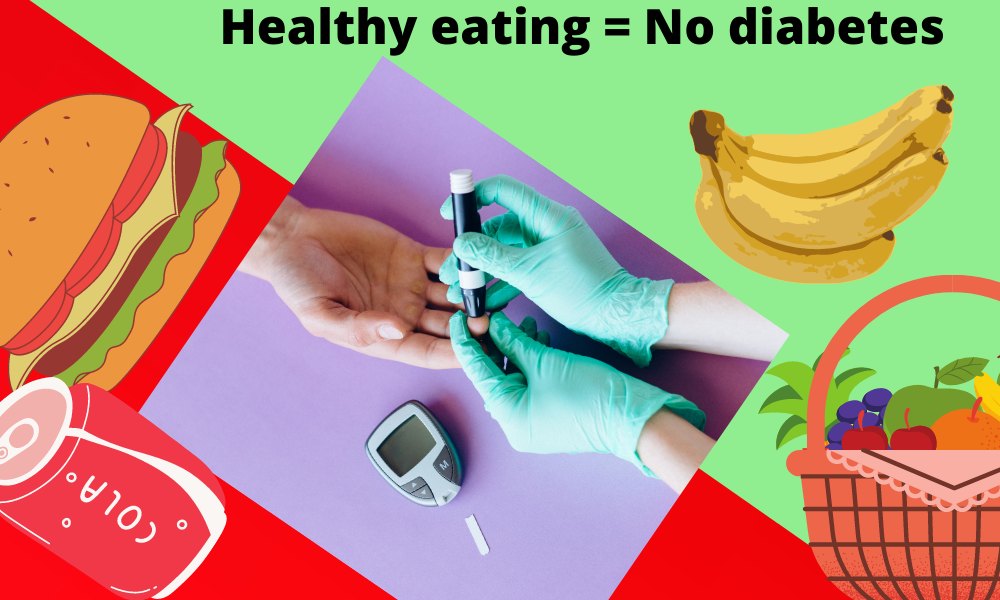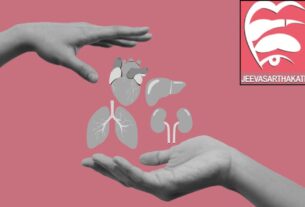Type 2 diabetes is increasing in Indian children as they are more prone to unhealthy food habits. Child diabetes is a serious health issue in India.
The number of diabetic children aged five to 17 years has increased in the past few years. From 2019 to 2021, the number of pediatric diabetic patients at Aster CMI Hospital in Bengaluru, increased by 20 percent.
Dr. N. Kavitha Bhat, senior consultant in Pediatrics Endocrinology and Diabetes at Aster CMI Hospital in Bengaluru, said, “However there is no formal nationwide registry to quote precise statistics. But when one goes by the number of new patients enrolled in an individual doctor’s clinical visits, the number of child diabetes patients has increased by 20 percent from 2019 to 2021.”
The Indian Pediatrics stated that there are 128,500 children and adolescents with diabetes in India. The Indian J Endocrinol Metab research in 2015 stated that India has 97,700 children with type 1 diabetes mellitus (T1DM).
There are two types of diabetes. Type 1 diabetes happens when cells in pancreas are destroyed, which prevent insulin production. Insulin is a hormone that aids the entry of blood sugar into the body’s cell where it converts into energy. Type 2 diabetes happens when the body cannot use the insulin produced by the pancreas. The Body becomes insulin resistant.
National Family Health Survey 2019-20 (NFHS-5) has stated that in the age group between 15–49 eight percent of women and 10 percent of men have high or very high blood glucose levels or are taking medicine to lower their blood glucose level.
Dr. Bhat added, “The most common cause of diabetes in children is due to auto immune destruction of insulin-produced beta cells in the pancreas.” Type 1 diabetes leads to partial, or in most cases, absolute insulin deficiency.”
Shailaja Dewan, mother of a child diabetic patient, said, “My child is 15 years old, and he got Type 2 diabetes due to being overweight, as per the doctor. His food diet is now strictly maintained by us, and the diabetes count is now under control. He has been diagnosed with diabetes for the past two years.”
Dr. Santosh N, pediatrician in Bengaluru said, “Genetic factors cause type 1 diabetes in childhood. The pancreatic cells die, and insulin production ceases. When parents have diabetic history, their child is most likely to adopt diabetes. In children, type 2 diabetes is caused by obesity. Maintaining a balanced diet and engaging in greater physical activity can help with this. Type 1 child diabetes patients are seen less, but type 2 child diabetes patients are seen more because these days the food habits of children are poor. Due to unhealthy food habits, the cases of Type 2 diabetes are increasing in Children.”
Dr. Sandip Gupta, senior pediatrician and intensivist-child care Expert, said, “Diabetes that happens at an early age, at 10 or 11 years, is mainly for genetic reasons. Each multispecialty centre deals with the number of diabetes patients in a day. The main challenge is the acceptance from the parents that their child has diabetes, like food becoming restricted, having to have a regular insulin injection taken, and checking the sugar. It somehow, psychologically, impacts the child’s life.”
“But it varies,” Dr. Gupta added, “If a child is in a comprehensive care program, then he or she doesn’t have to be under much pressure. Comprehensive care programmes that include pediatrics, endocrinologists, dieticians, and counselors can actually lessen the problem of diabetic children and parents.”
He said, “The other kind of diabetes is that children who are actually very obese or have metabolic syndrome may develop insulin resistance because of poor lifestyle. But if they can adjust their diet and start a healthy diet, they can overcome this illness.”
The most frequent type of diabetes in children is the type where children need insulin to survive and cannot manage with tablets.
A research report stated children with Type 1 diabetes have high mortality rates. People are unaware of it, due to which it is increasing. Nearly 5000 diabetes educators were taught in India through the Indian Diabetes Educators Programme, which ran from 2010 to 2012 in collaboration with the initiative Health Opportunities for People Everywhere and the International Diabetes Federation (IDF). This programme, on the other hand, lacks Type 1 Diabetes Mellitus (T1DM) instruction, although future T1DM-specific training for such health educators is planned.
BMC Endocrine disorders conducted a study in 17,865 adolescent boys and 17,965 adolescent girls in India and out of which 12.3 percent and 8.4 percent of adolescent boys and girls have pre-diabetes/diabetes. Child diabetes has become a serious concern in the country.




